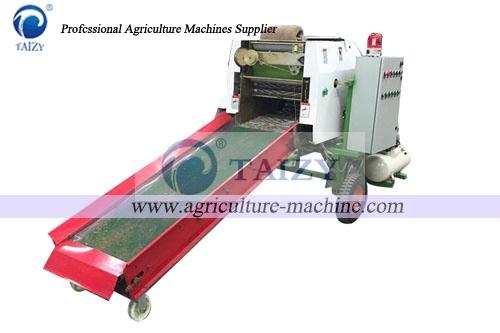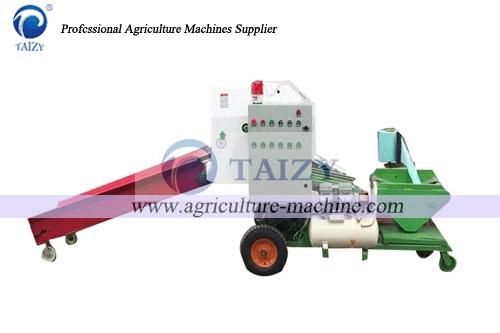Dans certaines collines et montagnes, en raison de la quantité de maïs ensilage qui ne peut pas répondre aux besoins des fermes laitières locales, nous pouvons choisir de faire de l'ensilage de blé. Par exemple, le stockage d'été et la conservation de l'ensilage de blé sont de bonnes options.
Avantages de l'ensilage de blé :
Améliorer l'utilisation des équipements d'ensilage tels que les ensileuses automatiques
En raison de la production d'ensilage, l'ensilage peut être récolté au début du stade du blé, ce qui aide également à répartir le maïs en été, période de pollinisation à haute température et humidité élevée, améliorant efficacement la fermeté du maïs et réduisant la quantité de mauvaises herbes dans les terres agricoles.


L'utilisation de l'ensileuse automatique pour l'ensilage de blé peut réduire efficacement le retour de la paille dans le champ et diminuer le coût de la combustion de la paille et du traitement de la paille.
Mais l'ensilage de blé présente aussi des inconvénients :
Tout d'abord, la valeur nutritionnelle de l'ensilage de blé est légèrement inférieure, généralement seulement environ 75 % de la valeur nutritionnelle de l'ensilage de maïs. La valeur nutritionnelle d'un meilleur ensilage de blé n'est qu'environ 90 % de la valeur nutritionnelle de l'ensilage. Et la production de matière sèche par mu de l'ensilage de blé est faible, environ 700 kg/mu.
Lors de l'utilisation de l'ensileuse automatique pour l'ensilage de blé, nous devons réaliser l'ensilage avec 33 % et 40 % de matière sèche. Actuellement, dans certaines régions de Chine, l'ensilage est directement broyé sur le terrain, et les opérations de traitement de l'ensilage sont effectuées directement dans les champs.
